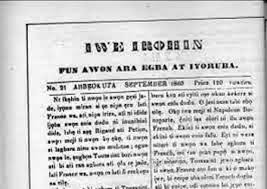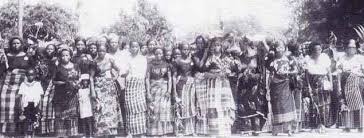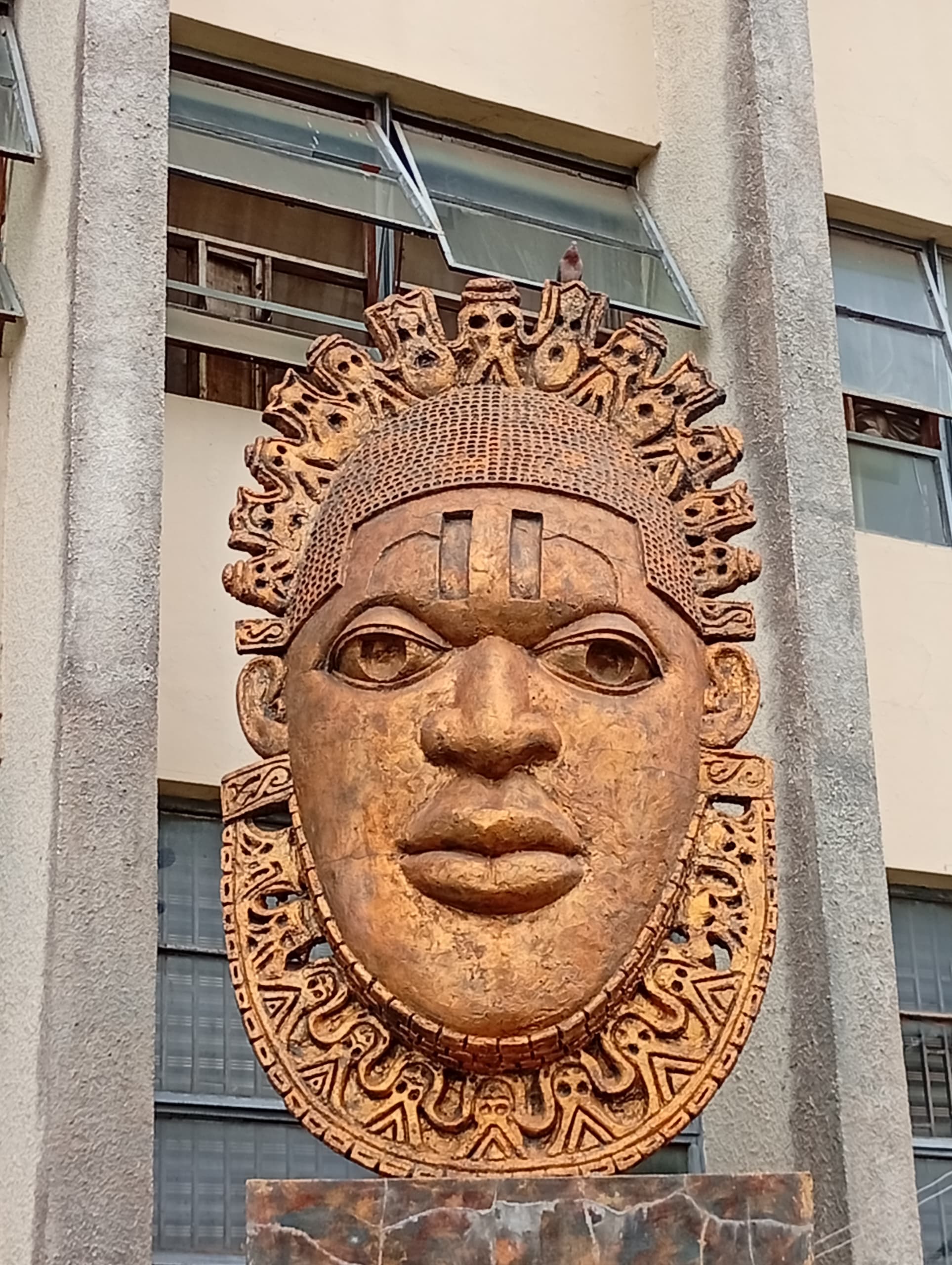The Story of Nigeria's First Newspaper and Its Influence

The Story of Nigeria's First Newspaper and Its Influence
Discover the story of Nigeria’s first newspaper, Iwe Irohin, and how it shaped journalism, literacy, and political awareness in colonial Nigeria.
The Story of Nigeria's First Newspaper and Its Influence
The history of Nigerian journalism dates back to the mid-19th century, when Reverend Henry Townsend, a British missionary of the Church Missionary Society (CMS), established Nigeria’s first newspaper, Ìwé Ìròhìn fún àwon ará Egbá ati Yorùbá. This newspaper, which started publication on December 3, 1859, in Abeokuta, played a significant role in shaping Nigerian journalism, literacy, and public discourse.
The Founding of Ìwé Ìròhìn
Reverend Henry Townsend arrived in Abeokuta in 1842 as part of the CMS mission to spread Christianity. Recognizing the power of print media, he sought to create a publication that would encourage literacy, provide information, and propagate Christian teachings among the Yoruba people.
Townsend’s vision materialized with the establishment of Ìwé Ìròhìn, which was initially published in Yoruba and later included an English edition in January 1866. The paper was printed every 14 days and sold for 120 cowries, while the English version was priced at one penny. James Ede, an Egba man trained by Townsend, served as the chief printer of the newspaper.
Content and Influence
Ìwé Ìròhìn initially focused on church activities, religious teachings, and missionary news. However, it gradually expanded to cover broader topics, including:
- News about Abeokuta and the wider Yoruba region
- Commercial and agricultural updates, particularly cotton and cocoa statistics
- Government and public notices
- Advertisements from local businesses
The newspaper gained popularity among the few literates of that time and contributed to a growing culture of reading and intellectual discourse. Beyond religion and literacy, Ìwé Ìròhìn became a platform for discussing social and political issues, particularly from the perspective of the Egba people.
Challenges and Demise
Despite its contributions, Ìwé Ìròhìn faced challenges, particularly from colonial authorities and local tensions. In 1863, the Church Missionary Society (CMS) cautioned Townsend for publishing content that was perceived as critical of the colonial government. Nevertheless, Townsend continued the newspaper’s operations until its unfortunate end in 1867.
In 1867, an uprising in Abeokuta, driven by political and cultural differences between the Egba people and European colonialists, led to the expulsion of Europeans from the town. The rioters destroyed Ìwé Ìròhìn’s printing press, effectively halting its production. Although the newspaper lasted only eight years, its impact on Nigerian journalism was profound, fostering a demand for newspapers and information dissemination.
Successors and Legacy
Following the demise of Ìwé Ìròhìn, several other newspapers emerged, particularly in Lagos, which became the new hub of Nigerian journalism. Notable early newspapers included:
- The Anglo-African (1863) by Robert Campbell
- The Lagos Times and Gold Coast Colony Advertiser (1880) by Richard Beale Blaize
- The Lagos Observer (1882) by Joshua Blackall Benjamin
- The Lagos Weekly Record (1890) by John Payne Jackson
By the early 20th century, the Nigerian press became increasingly nationalistic, with newspapers like The Lagos Daily News and West African Pilot advocating for independence and political reforms.
The Revival of Ìwé Ìròhìn
In a historic move, the Nigeria Union of Journalists (NUJ), Ogun State Council, resuscitated Ìwé Ìròhìn on December 21, 2012, after 145 years of its demise. This revival symbolized a recognition of its historical significance and its foundational role in Nigerian journalism.
Conclusion
Ìwé Ìròhìn remains a cornerstone in the history of Nigerian media. Though short-lived, it played a vital role in introducing print journalism, promoting literacy, and shaping public discourse. The legacy of Nigeria’s first newspaper continues to inspire modern journalism and serves as a testament to the power of the press in influencing society.


